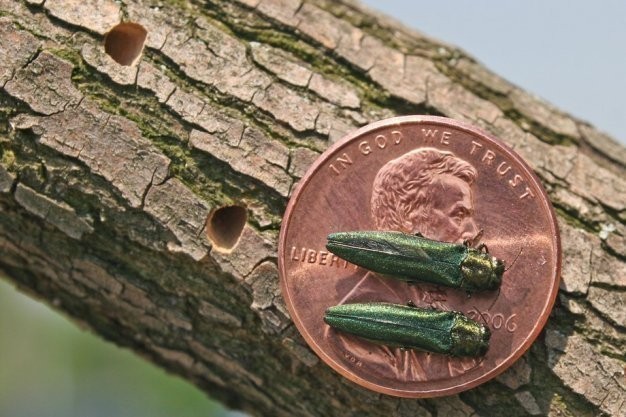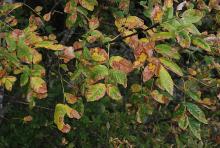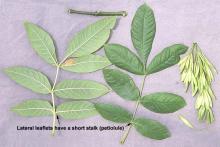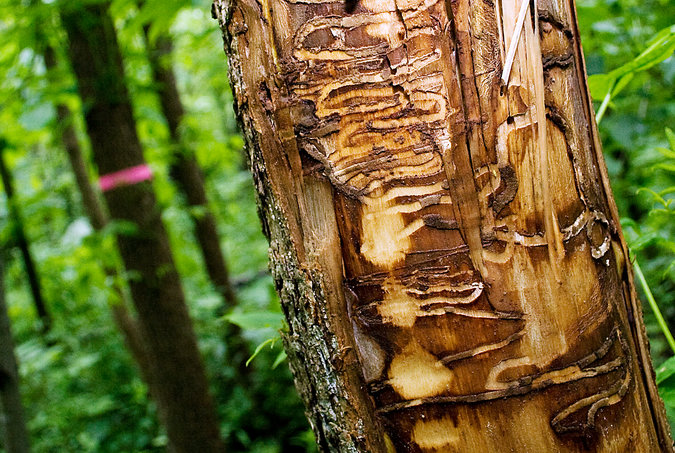Introduced species: Emerald ash borer (Agrilus planipennis)
So, no, this is not a weed. What’s That Weed is making way this month for an all-points bulletin: Emerald ash borer (EAB) was recently found in Forest Grove, Oregon. More information on the discovery can be found here and here. This is a big hairy deal: EAB was first noted in the United States about 20 years ago, and has killed MILLIONS of ash trees since that time. The adult stage is a metallic-green beetle, only about 1/2″ (1 cm) long, making it very difficult to spot; the larval stage is the actual culprit, as it burrows under the bark of ash trees (and a few closely-related trees, such as olives) and eats its way through the inner tissue that carries water and nutrients between the roots and the aboveground parts of the tree. This effectively “girdles” the tree, leading to its eventual death. Native Oregon ash (Fraxinus latifolia) appears to be extremely susceptible to attack by this pest; this is an ecologically vital species throughout the Pacific northwest, and its loss to EAB would devastate riparian areas and wetlands. All varieties of ash–including ornamental street and yard trees–are potential prey for EAB, so urban tree canopy would suffer, as well.

So much for the ID of the beetle; but how to ID an ash tree, since that’s where to find EAB? Ash trees are one of a comparatively few plants with opposite, compound leaves. The first image below shows two (compound) leaves, each with seven leaflets. On the tree, the leaves emerge from the same point on either side of a branch (“opposite,” as in the second image).


The first image above also shows the characteristic winged seeds–called “samaras”–of ash trees.
Now that the beetle and its host tree are known quantities, what’s to be done? Our best defense is to have as many people looking for EAB and its telltale signs as possible, and to report any sightings to the Oregon Invasive Species Hotline. Things to look for include:
–The adult beetle (pictured above)
–Sudden, otherwise unexplained dieback in ash trees, particularly in the crown (top) of the tree
–“D”-shaped holes in ash trees, made by the adult beetle exiting the tree (after its larval phase has made a meal of the cambium over the course of several months–also shown above)
–“S”-shaped “galleries” under the bark of affected trees (you’d need to peel the bark away to find these, so this is really more for confirmation if you see dieback or other signs–shown below)
–Another important action (or, really, inaction) item: do not transport firewood, as this is the most common way for this and many other insect pests to spread from one place to another

We knew it would happen; hopefully this sighting is, in fact, the first instance of EAB in the state, but we can be pretty certain it won’t be the last. Keep your eyes peeled!
You can report emerald ash borer sightings using the Oregon Invasive Species Online Hotline by clicking HERE.
